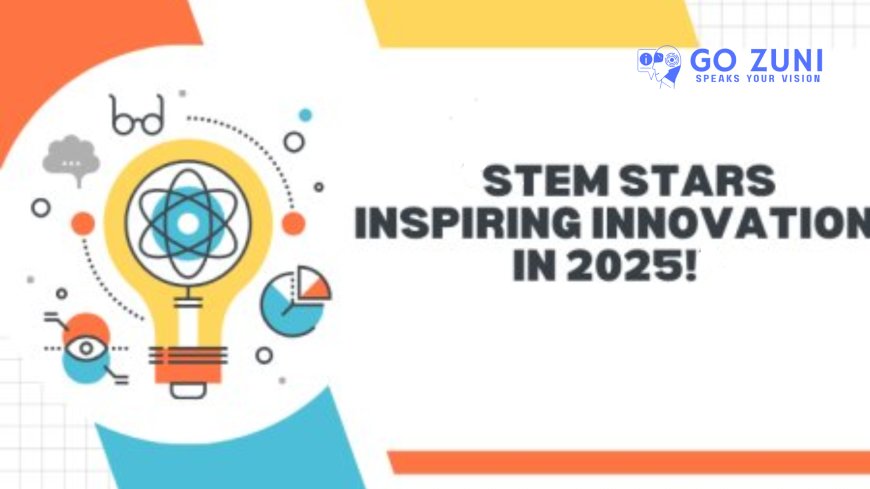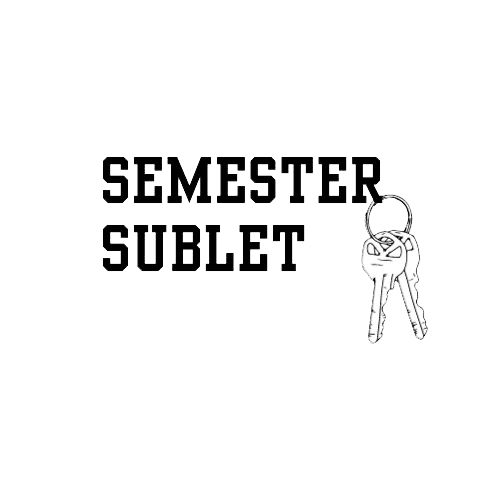Introduction: The Lightbulb Moment That Changed My Teaching
A few years ago, I watched one of my students, Riya, absolutely light up while designing a prototype for a community water filter. She wasn’t just learning science—she was solving a real-life problem that mattered to her family and neighbors. That moment made me realize something: when we move beyond textbooks and start teaching innovation education, we ignite curiosity that lasts a lifetime.
In today’s fast-paced, tech-driven world, classrooms can’t just prepare students for exams—they need to prepare them for the unknown. And that’s where innovationeducation steps in, blending creativity, problem-solving, and practical application, often within the context of STEM education.
So, how do we make this happen in a real classroom without turning it into chaos? Let’s break it down.
- Start with a Real-World Challenge
Innovation education thrives on relevance. Instead of starting with theory, flip the approach: present students with a challenge that exists outside the classroom.
- Example: Ask students to design a low-cost, eco-friendly packaging solution for a local bakery.
This kind of task taps into critical thinking and gives students a sense of purpose—they’re no longer just “doing homework,” they’re solving a problem that someone actually cares about.
- Blend Innovation with Core Subjects
You don’t have to scrap the curriculum to make room for innovation. The key is integration.
For example:
- In education STEM classes, instead of memorizing the laws of physics, have students apply them to build a working drone or energy-efficient lamp.
- In language arts, get them to pitch their projects like a startup founder, strengthening communication skills alongside technical ones.
By merging STEM education with creativity and real-life application, you make learning stick.
- Create Space for Experimentation (and Failure)
One of the biggest barriers to innovation in classrooms is the fear of failure. Students need to know it’s okay to mess up—because that’s how breakthroughs happen.
Try setting up an “Innovation Lab” corner in your classroom where students can tinker, test, and rebuild.
- Encourage them to document not just their successes, but also what didn’t work and why.
This mindset shift is crucial in innovationeducation, and it mirrors the iterative process used by real-world engineers, scientists, and entrepreneurs.
- Use Collaborative Problem-Solving
The real world isn’t a solo test—it’s a team sport. Group projects give students the chance to practice collaboration, leadership, and conflict resolution.
- Assign roles based on each student’s strengths—one may excel at coding, another at design, and another at public speaking.
- Encourage peer feedback sessions so they learn to refine ideas together.
When students work together on real-life problems, they learn far more than technical skills—they gain empathy and adaptability.
- Connect with Industry and Community Experts
Bring in guest speakers from local startups, NGOs, or tech companies to share how they solve problems in their work.
- Partner with industry for project mentorship.
- Organize virtual tours of innovative workplaces so students can see STEM education in action.
This not only makes lessons more engaging but also helps students envision a future career in IT, engineering, or other innovation-driven fields.
- Reflect and Share
Innovation education isn’t just about building things—it’s about telling the story of how they were built. Have students present their projects to parents, peers, or local community members.
This builds confidence, hones communication skills, and reinforces the idea that their work has real value.
Conclusion: The Ripple Effect of Innovation
When you integrate innovation education into your classroom, you’re not just ticking off a curriculum requirement—you’re planting seeds of curiosity, resilience, and purpose. These seeds grow into the skills and mindsets students need to tackle the complex, unpredictable challenges of tomorrow.
Start small: one project, one challenge, one lightbulb moment. Then watch how those sparks turn into a fire that fuels not just learning, but a lifelong love for solving problems.



